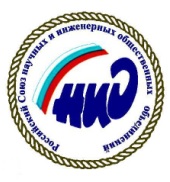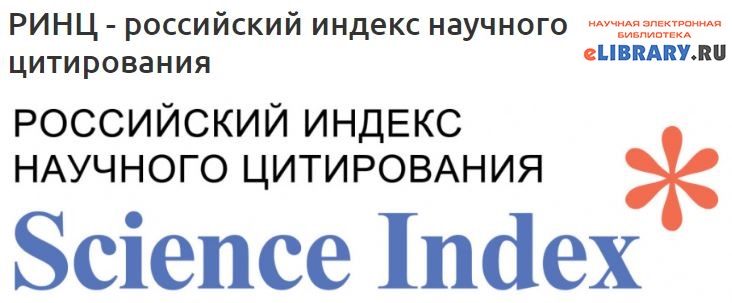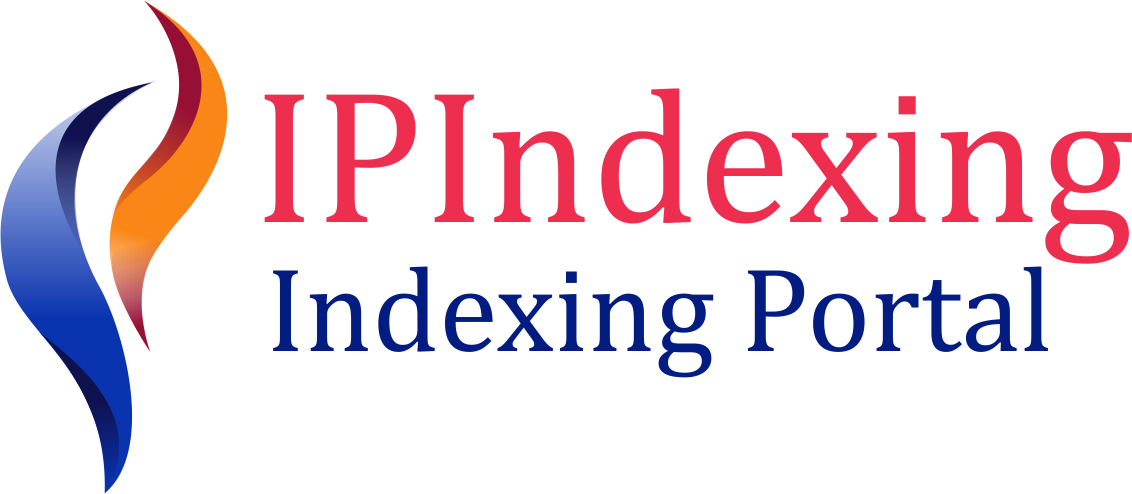Verification of the mathematical model of the induction soldering technological process
DOI:
https://doi.org/10.47813/2782-2818-2022-2-1-41-50Keywords:
waveguide path, induction soldering, process modeling, mathematical model, model verification, automated controlAbstract
The paper has devoted to the research of the construction and verification of the mathematical model of the process of heating the elements of the thin-walled aluminum waveguide path in the development of the induction soldering technological procedure. The paper has reviewed the method of mathematical modeling of the induction soldering technological process. Comparative research of the induction soldering models of waveguide paths have carried out for their compliance with the real process in permissible limits. Experimental verification of the correctness of the selected mathematical model of the process of the induction soldering is performed. As a result of inventory and model experiments, it has established that the developed mathematical model of induction heating of the assembly elements of thin-wing aluminum waveguide paths of cosmic aircraft with a sufficiently high accuracy simulates this technological process.
References
Tynchenko, V. S. The automated system for technological process of spacecraft's waveguide paths soldering / V. S. Tynchenko, A. V. Murygin, O. A. Emilova, A. N. Bocharov, V. D. Laptenok // IOP Conference Series: Materials Science and Engineering. – 2016. – Т. 155. – № 1. – P. 012007.
Tynchenko, V. S. A control algorithm for waveguide path induction soldering with product positioning / V. S. Tynchenko, A. V. Murygin, V. E. Petrenko, Y. N. Seregin, O. A. Emilova // IOP Conference Series: Materials Science and Engineering. – 2017. – Т. 255. – № 1. – P. 012018.
Murygin, A. V.Complex of automated equipment and technologies for waveguides soldering using induction heating / A. V. Murygin, V. S. Tynchenko, V. D. Laptenok, O. A. Emilova, A. N. Bocharov // IOP Conference Series: Materials Science and Engineering. – 2017. – Т. 173. – № 1. – P. 012023.
Milov, A. V. Neural Network Modeling to Control Process of Induction Soldering / A. V. Milov, V. S. Tynchenko, A. V. Murygin // International Conference on Industrial Engineering, Applications and Manufacturing (ICIEAM). – 2019. – P. 1-5.
Milov, A. V. Algorithmic and software to identify errors in measuring equipment during the formation of permanent joints / A. V. Milov, V. S. Tynchenko, V. E. Petrenko // 2018 International Multi-Conference on Industrial Engineering and Modern Technologies (FarEastCon). – 2018. – P. 1-5.
Milov, A. V. Use of artificial neural networks to correct non-standard errors of measuring instruments when creating integral joints / A. V. Milov et al. // Journal of Physics: Conference Series. – 2018. – № 1118(1). – P. 012037.
Bukhtoyarov, V. V. Intelligently informed control over the process variables of oil and gas equipment maintenance / V. V. Bukhtoyarov et al. // International Review of Automatic Control. – 2019. – № 12(2). – P. 59-66.
Bocharova, O. A. Induction heating simulation of the waveguide assembly elements / O. A. Bocharova et al. // Journal of Physics: Conference Series. – IOP Publishing. – 2019. – № 1353(1). – P. 012040.
Murygin, A. V. Modeling of thermal processes in waveguide tracts induction soldering / A. V. Murygin et al. // IOP Conference Series: Materials science and engineering. – IOP Publishing. – 2017. – № 173(1). – P. 012026.
Milov, A. Intellectual Control of Induction Soldering Process using Neuro-fuzzy Controller / A. Milov, V. Tynchenko, V. Petrenko // International Russian Automation Conference (RusAutoCon). –2019. – P. 1-6.
Zhu, T. The study of the effect of magnetic flux concentrator to the induction heating system using coupled electromagnetic-thermal simulation model / T. Zhu et al. //2013 International Conference on Mechanical and Automation Engineering. – 2013. – P. 123-127.
Pánek, D. Reduced-order model based temperature control of induction brazing process / Pánek D. et al. // Electric Power Quality and Supply Reliability Conference (PQ) & 2019 Symposium on Electrical Engineering and Mechatronics (SEEM). –2019. – P. 1-4.
Eftychiou, M. A. A detailed thermal model of the infrared reflow soldering process / M. A. Eftychiou, T. L. Bergman, G. Y. Masada // J. Electron. Packag. – 1993. – № 115(1).
Вдовин, К. Н. Программное обеспечение для математического моделирования индукционного нагрева и закалки цилиндрических деталей / К. Н. Вдовин, Л. Г. Егорова, М. В. Гуков // Информационные технологии в проектировании и производстве. – 2012. – №. 2. – С. 40-45.
Долгих, И. Ю. Математическое моделирование электромагнитных и тепловых процессов при индукционном нагреве / И. Ю. Долгих, А. Н. Королев, В. М. Захаров // Электротехника. Энергетика. Машиностроение. – 2014. – С. 85-88.
Шарапова, О. Ю. Численное моделирование процесса периодического индукционного нагрева на базе конечно-элементного программного пакета FLUX / О. Ю. Шарапова // Вестник Самарского государственного технического университета. Серия: Технические науки. – 2010. – №. 7.
Черных И. В. Пакет ELCUT: моделирование устройств индукционного нагрева / И. В. Черных // Научно-практический журнал Exponenta Pro. Математика в приложениях. – 2003. – №. 2.
Zeller, U. Multiphysics simulation of induction soldering process / Zeller U. et al. // IEEE 7th World Conference on Photovoltaic Energy Conversion (WCPEC)(A Joint Conference of 45th IEEE PVSC, 28th PVSEC & 34th EU PVSEC). – 2018. – P. 654-659.
Papargyri, L. Modelling and experimental investigations of microcracks in crystalline silicon photovoltaics: A review / L. Papargyri et al. //Renewable Energy. – 2020. –Vol. 145. – P. 2387-2408.
Downloads
Published
How to Cite
Conference Proceedings Volume
Section
License
Copyright (c) 2022 Вячеслав Мараев

This work is licensed under a Creative Commons Attribution 4.0 International License.
The journal MIST - "Modern Innovations, Systems and Technologies" publishes materials under the terms of the Creative Commons Attribution 4.0 International (CC BY 4.0) license, hosted on the official website of the non-profit corporation Creative Commons: 
This work is licensed under a Creative Commons Attribution 4.0 International License.
This means that users can copy and distribute materials in any medium and in any format, adapt and transform texts, use content for any purpose, including commercial ones. At the same time, the terms of use must be observed - an indication of the author of the original work and the source: you should indicate the output of the articles, provide a link to the source, and also indicate what changes have been made
























